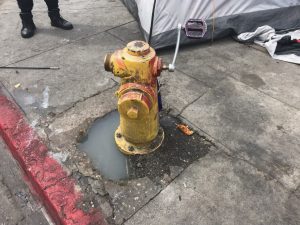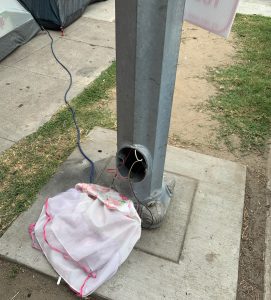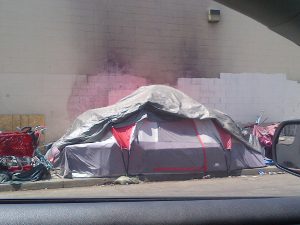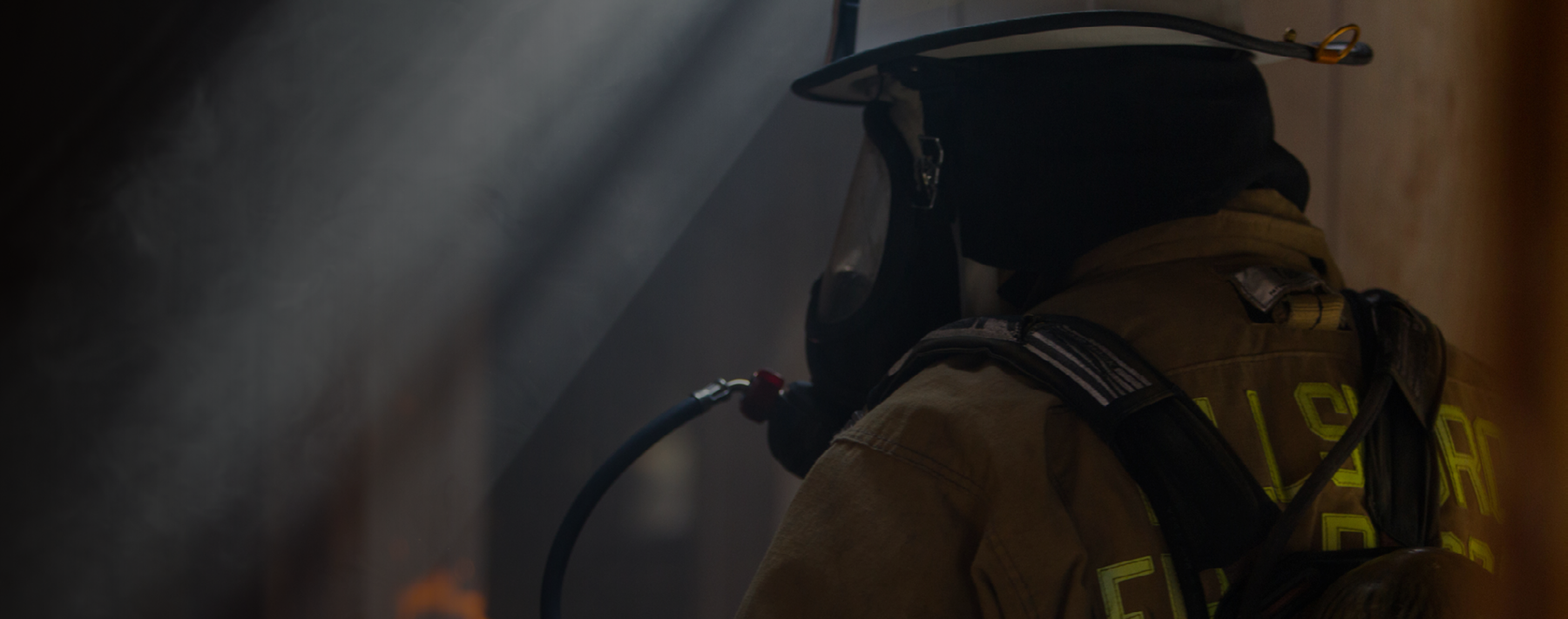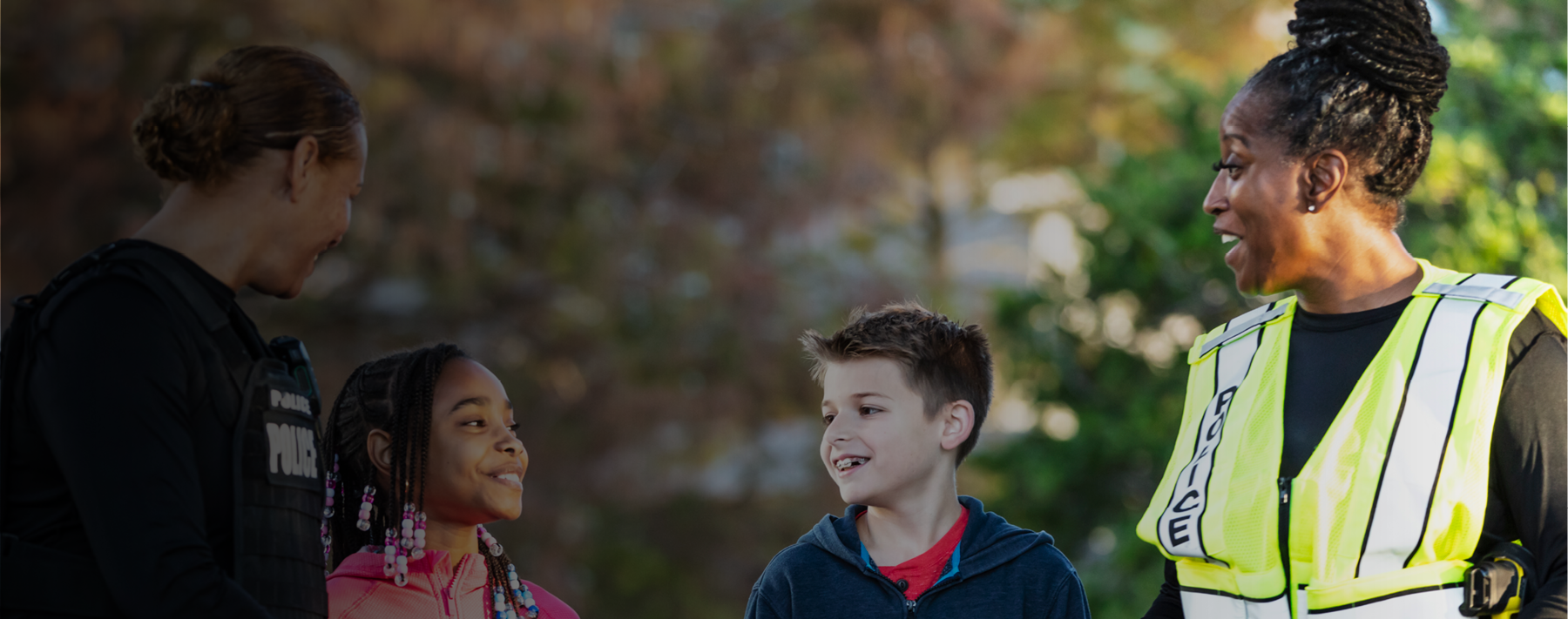As first responders, most of us would give the shirt off our back to someone in need. That’s why we’re in this profession. But when it comes to responding to homeless individuals and encampments, the needs are often much greater than anything we can give as a handout.
Despite the nationwide economic gains of the past 10 years and a steadily falling unemployment rate, homelessness remains a significant problem in many cities and communities. While homelessness declined from 2010 to 2016, the last two years have seen nationwide rates rise slightly. But those statistics mask the reality in certain states and cities. California, for example, logged a decrease of 1.6% in homeless people, even while the homeless population in Los Angeles surged by almost 60,000. I saw some evidence of this on a trip I made last month to LA’s infamous “Skid Row,” where hundreds if not thousands of people are living in devastating conditions.
Adding to the complexity: the rise of homeless encampments. Many of these encampments are sophisticated and work like small cities—they may have mayors, council members, utility directors (generators/refrigeration/electricity) and “drug” stores (illegal drugs and alcohol). The National Law Center on Homelessness and Poverty reports homeless encampments may have increased as much as 1,000% between 2007 and 2017.
Encampments can increase the visibility of the unhoused population, making it seem like the numbers are greater than they are. But they also introduce many new challenges for fire and EMS personnel.
A recent Lexipol webinar highlighted some of the issues of responding to calls involving homeless populations. Following are a few takeaways from the webinar, which is available for free on-demand viewing here: https://one.lexipol.com/fire-department-response-to-homeless
The Need for Compassion
Responding to homeless people can be draining on first responders. We’re problem-solvers by nature, but the problem of homelessness is not one we can solve during the course of a call. It can also be frustrating when unhoused people refuse help or fail to take action to improve their situation.
The webinar presenters—Division Chief Alan Long, Chief Brian Schaeffer and Deputy Chief Billy Goldfeder—stressed the importance of empathy and compassion. We must set aside our judgment and respond to the best of our ability—while also remaining safe.
Understanding who the homeless are can help us be more empathetic to them. Consider these statistics:
- There are over 555,000 homeless people in our country
- 2/3 are individuals, 1/3 are families
- 7% are veterans
- 7% are under the age of 18
- 15% are women who are victims of domestic abuse
- 45% have some form of mental illness
- 25% are employed!
As you can see, homelessness discriminates against no one. In fact, many people are just one missed paycheck or one bad decision away from losing their housing and being out on the street.
It’s important to remember first that these are people. They could be our friends, family members or co-workers. Many have served our country protecting the freedom we greatly enjoy. Our job is to help people—all people—regardless of circumstances!
Response Challenges
Whether it’s a mentally ill person walking down the street, a cluster of tents under a freeway underpass, or a full-blown homeless encampment, responding to the unhoused creates a unique set of challenges, including safety risks to firefighters.
Common call types are not that different from other EMS runs—they include minor strains and sprains, overdose, behavioral health issues and shortness of breath. Fire calls are also prevalent because homeless people often use fire for cooking or warmth, which can lead to brush fires or abandoned building fires.
But calls involving homeless encampments pose unique challenges, too. On my recent visit in Los Angeles, I saw:
- Places where homeless individuals had tapped into street poles for power, running extension cords to their tents. This of course creates fire hazards that may be difficult to spot, especially at night.
- Fire hydrants that had been tampered with to provide water for drinking, bathing and laundry. Needless to say, this puts fire personnel, homeless individuals and the greater community at risk because fire crews may not be able to access water needed for fire suppression.
- “Tents” that are much larger than your simple camping tent and consist of many different materials cobbled together, often without noticeable entrances. Some homeless individuals store propane, butane, car batteries and other hazards in their tents. Responding to a fire in a homeless encampment can therefore pose the same hazards as a dumpster fire, with exposure and explosive risks.
Tampering with fire hydrants:
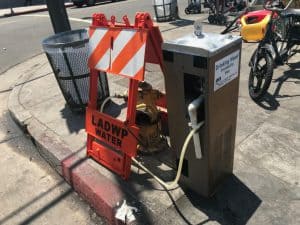
Tapping into electrical poles:
Tents that obscure hazards:
Perhaps the biggest challenge to fire departments is the increase in call volume. When I arrived at Fire Station 9 (south of downtown), they were out on a call. During my four hours there, the crews went straight from call to call. When I left, they were still out on calls. Departments in communities dealing with a large homeless population can easily be stretched too thin.
Response Solutions
No department or city has the solution to homelessness. But the webinar presenters shared some strategies they’ve put in place in Anaheim, CA and Spokane, WA to alleviate the strain on the system and keep firefighters safe while still delivering compassionate service. These strategies include:
- Enhance firefighter training. With mental illness and addiction so highly represented among homeless populations, running these calls requires additional training such as de-escalation tactics, how to approach a mentally ill patient, crisis intervention, conflict resolution and how to recognize and accept our limitations as firefighters.
- Increase staffing. In Seattle, fire service leaders doubled the number of personnel responding to medical calls in homeless encampments. Chief Schaeffer talked about the need to use firefighters as lookouts on some of these calls, making sure equipment stays on the rig and any potential safety concerns are noted and mitigated before they become a problem. Although increasing staffing carries costs, this investment will pay for itself if it means keeping firefighters safe. Even without increasing staffing, you can take measures to increase safety, such as equipping all firefighters with radios and flashlights.
- Establish special response units to address low-level medical concerns. Both Anaheim and Spokane have dedicated units to provide medical supplies, medical and behavioral health care and personal items to homeless encampments. These units significantly decrease the call volume on the fire department and free up Emergency Department beds.
- Don’t go it alone. The issue of homelessness requires a multi-agency approach. Fire service leaders must work with their counterparts in law enforcement, as well as bringing in county mental health and addiction resources. Elected officials need to be educated and sometimes voters need to be convinced to allocate funds for additional shelters or affordable housing.
With mental illness and addiction so highly represented among homeless populations, running these calls requires additional training such as de-escalation tactics, how to approach a mentally ill patient, crisis intervention and conflict resolution.
Questions to Ponder
Although Spokane and Anaheim have made great progress in improving their response to homeless encampments and individuals, Chief Schaeffer and Chief Long freely admit they don’t have all the answers. Following are some questions for you to consider:
- Do you know who is homeless in your community?
- Do you reach out to shelters or homeless encampments to try to get to know your community’s homeless population and better understand their needs?
- On calls involving homeless encampments, do you stage for the police department before making entry?
- Do you assign a tactical channel at these calls?
- Do you have someone assigned as a “lookout” while on scene?
- Does the homeless situation in your community warrant increasing staffing or apparatus? What’s the number of personnel needed to safely respond?
- Are you sending apparatus that can make quick egress?
- What safety and communication pieces do you bring along with your ALS/BLS equipment?
- Do you have a private ambulance or transport company take BLS patients to the hospital?
- Does your department have the budget to train for this and all the other growing disasters, both natural and human-caused?
- Do your department policies and procedures adequately address response to homeless individuals?
There’s a lot to think about when responding to homeless individuals and encampments. Have you started the discussion in your department?
To view the webinar, “Crisis in the Streets: Fire Department Response to Homeless Individuals,” go to https://one.lexipol.com/fire-department-response-to-homeless.

